Remember when life was simpler and our daily essentials could fit in a single drawer? Back in the groovy ’60s and far-out ’70s, we didn’t need a smartphone app to tell us the weather or a GPS to find our way home. We had a handful of reliable items that did exactly what they were supposed to do, without bells, whistles, or monthly subscription fees.
1. The Rotary Phone
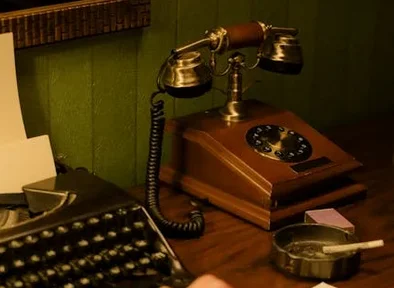
That heavy black beast anchored to the kitchen wall was our lifeline to the world, and boy, did it demand patience. You’d carefully dial each number, waiting for the rotary to slowly return to position, and heaven help you if you messed up on the last digit. The satisfying click-click-click of the dial and the substantial weight of the handset made every phone call feel important and deliberate.
There was something magical about sharing that single family phone line, though it meant teenage conversations were never truly private. We learned the art of stretching that curly cord around corners for a whisper of privacy, and we all knew exactly how long we could talk before Mom hollered about tying up the line. When it rang, the whole house knew it, and answering it was always a little adventure since caller ID was just a fantasy.
2. The TV Guide Magazine

That slim little magazine with the colorful cover was our window into the week’s entertainment, and we guarded it like treasure. Every Sunday meant a new issue, and we’d immediately flip to see what movies were playing and mark our must-see shows with a pencil. The crossword puzzles in the back kept us busy during commercial breaks, and reading about our favorite stars felt like getting insider secrets.
Planning your entire week around TV schedules was both an art and a science that required strategy and compromise. Family negotiations over what to watch were serious business, especially when your favorite show conflicted with Dad’s baseball game or Mom’s variety show. Missing an episode meant you were truly out of luck until summer reruns, which made every viewing appointment feel precious and communal.
3. The Transistor Radio

That pocket-sized miracle brought the world’s soundtrack right to your ear, whether you were walking to school or lounging at the beach. The little antenna would extend with a satisfying click, and you’d spend minutes fine-tuning the dial to catch your favorite AM station without static. The tinny but beloved sound of Top 40 hits made everything feel like a movie scene, and having your own personal radio felt like carrying a piece of the future.
Battery life was always a gamble, and you learned to recognize the warning signs when your tunes started slowing down like a dying record player. We’d gather around someone’s radio during lunch breaks, sharing earphones that probably weren’t the most sanitary but connected us to the latest hits. The DJ’s voice became as familiar as a friend’s, and hearing your favorite song come on felt like the universe was sending you a personal message.
4. The Manual Can Opener
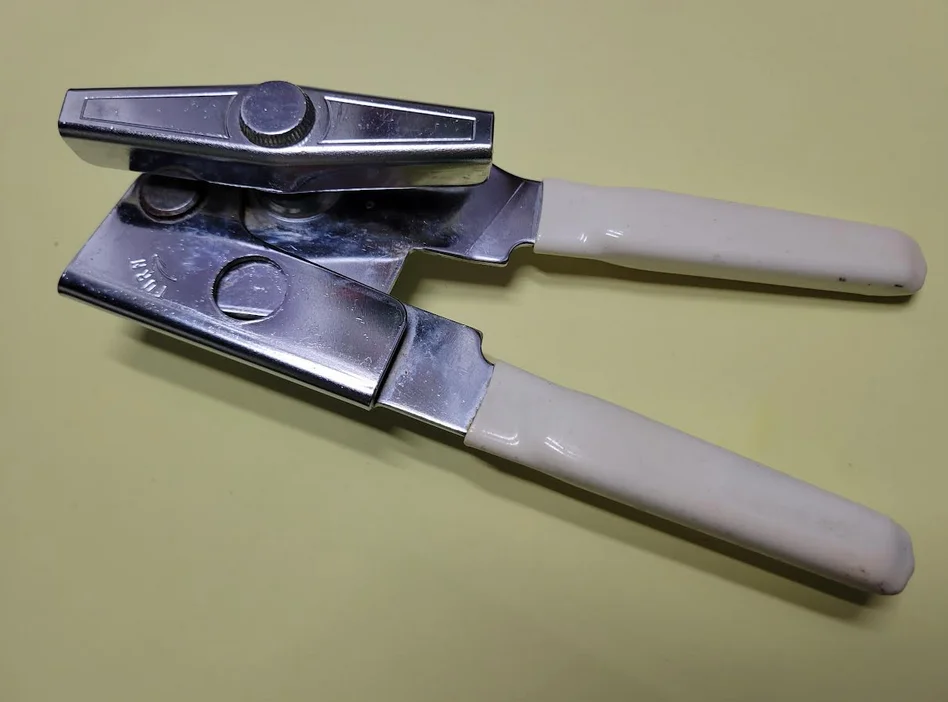
That simple L-shaped tool with the triangular piercer lived in every kitchen drawer and never let you down. You’d position it just right, punch through the metal lid, and work your way around the can with determination and elbow grease. The satisfying pop of piercing that first hole and the rhythmic scraping around the rim was oddly meditative, even if it occasionally left you with battle scars on your knuckles.
Unlike today’s gadgets, this trusty tool never needed batteries, never broke down, and could open anything from dog food to peaches in heavy syrup. Sure, the edges were sharp and dangerous, but we learned to respect our tools and treat them with care. There was genuine pride in mastering the technique and being able to open a can smoothly without leaving jagged metal edges or fishing for fallen pieces.
5. The Paper Road Map
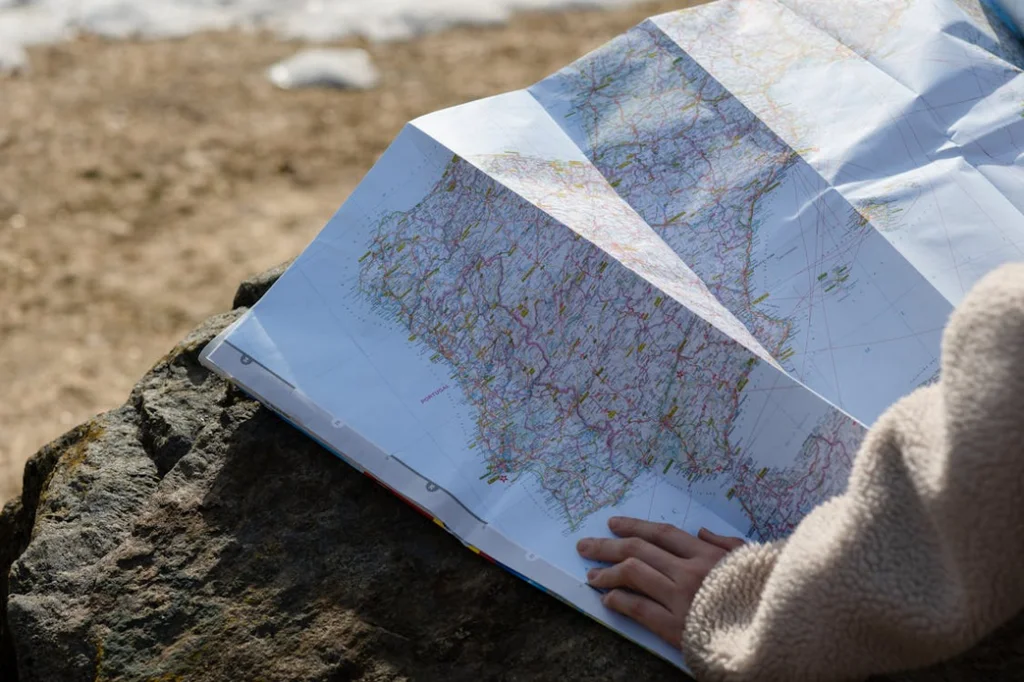
Those accordion-folded nightmares were both our salvation and our curse, living in the glove compartment like faithful but frustrating companions. Dad would spread them across the steering wheel at gas stations, tracing routes with his finger while muttering about construction zones and shortcuts. The intricate network of red and blue lines told stories of adventures past and future, and learning to read them was like mastering a secret code.
Getting lost meant pulling over to study that massive paper puzzle, usually with half the family offering contradictory navigation advice. The maps never folded back quite the same way, developing permanent creases and tears that marked our most-traveled routes. But there was something romantic about planning a cross-country trip with nothing but paper, pencil, and dreams of the open road stretching endlessly ahead.
6. The Alarm Clock with Bells

That loud, obnoxious, twin-bell monster on your nightstand was impossible to ignore and had zero sympathy for your need for just five more minutes. The mechanical tick-tock provided a steady heartbeat for your bedroom, and winding it up each night was as routine as brushing your teeth. When that alarm went off, the whole house knew someone was supposed to be getting up, whether they wanted to or not.
There was no snooze button to enable your lazy tendencies, just a simple off switch that demanded commitment to consciousness. The bells were so startling they could wake the dead, which was exactly the point when you had to catch the school bus or get to work on time. These reliable timepieces never needed software updates or worried about power outages, just an occasional winding and maybe a drop of oil on the gears.
7. The Typewriter
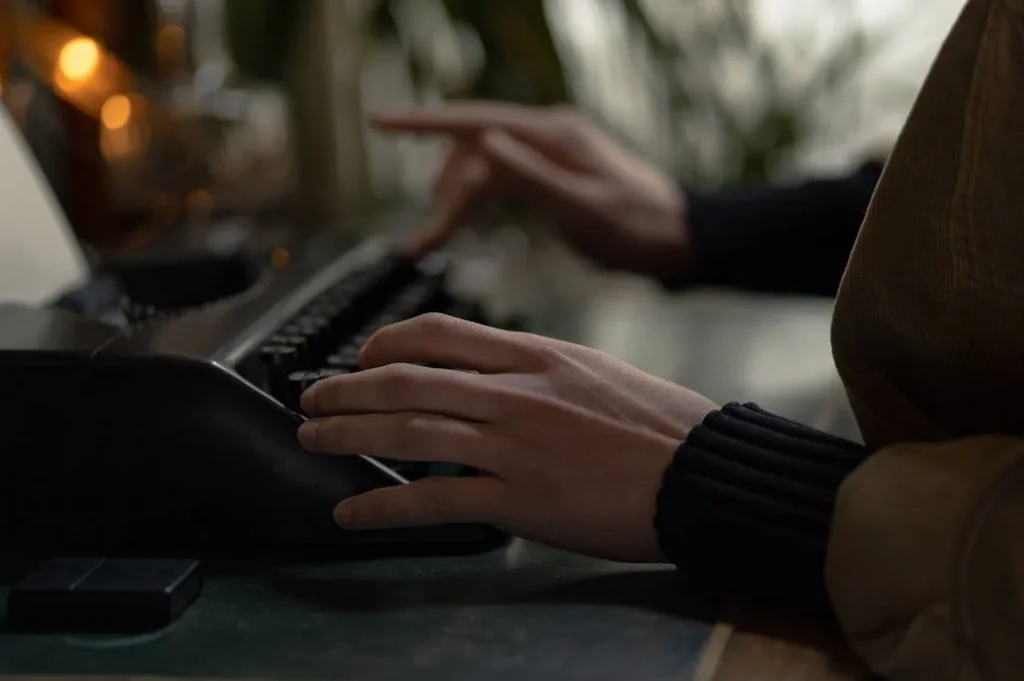
That mechanical marvel turned every letter into a small percussion performance, demanding precision and planning with every keystroke. The satisfying ding at the end of each line and the smooth swoosh of the carriage return created a rhythm that made writing feel like music. Correction fluid became your best friend, though we all learned the art of strategic backspacing and creative word choice to avoid starting over.
Carbon paper allowed you to make copies the hard way, and changing ribbons was a delicate operation that often left your fingers stained with ink. Every document felt permanent and important because fixing mistakes required real effort and planning. The final product, with its slightly uneven letters and occasional smudges, had character and personality that no computer font could ever match.
8. The Ice Cube Tray
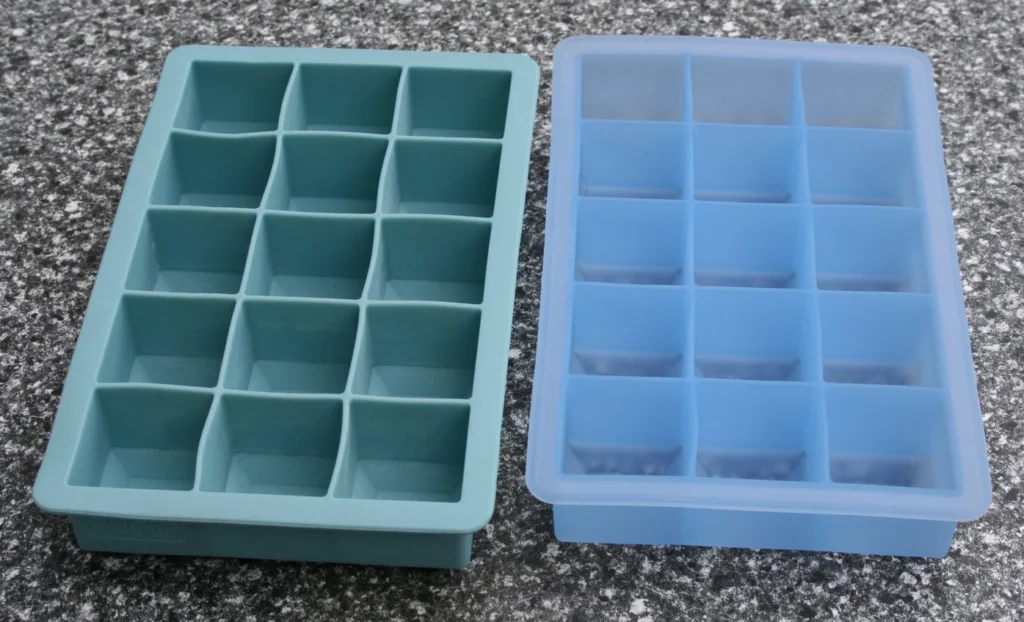
Those metal or plastic rectangles lived in the freezer, waiting patiently to transform tap water into perfect frozen cubes for your glass of iced tea. Twisting the metal trays to crack the ice free was a satisfying ritual, though it occasionally resulted in cubes flying across the kitchen floor. The aluminum ones got so cold they’d stick to your wet fingers, teaching you real quick to run them under warm water first.
Forgetting to refill the trays was a cardinal sin that would earn you dirty looks from the next thirsty family member. Each cube was precious during summer heat waves, and the sound of ice clinking in a glass was pure music on a sweltering afternoon. No automatic ice makers, no crushed ice options, just honest-to-goodness frozen water cubes that did their job without any fanfare or mechanical complexity.
9. The Clothesline and Wooden Pins
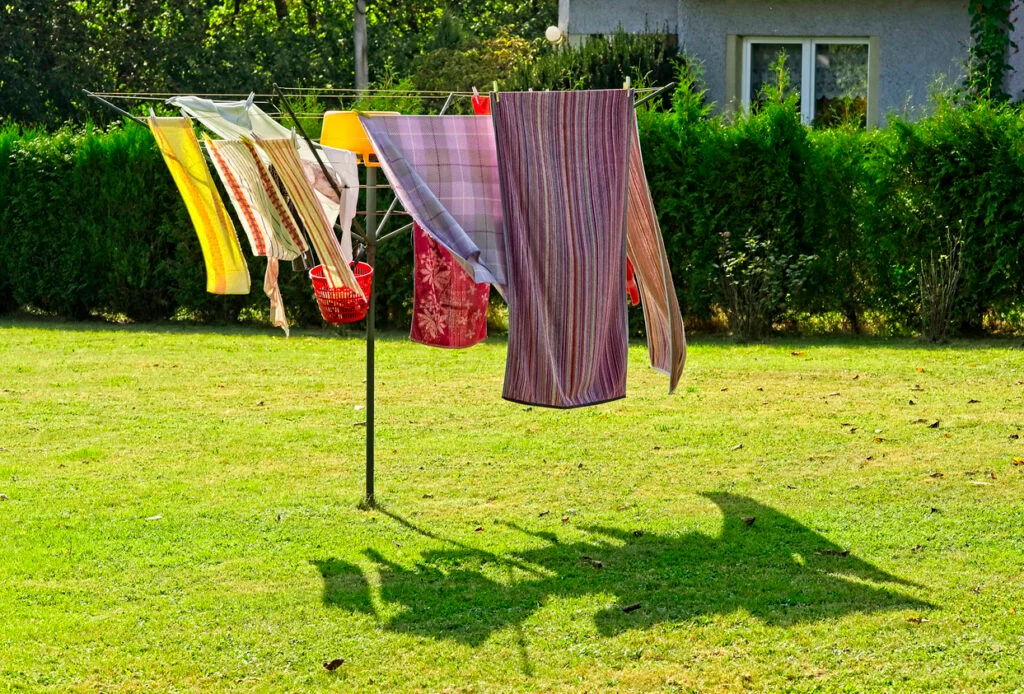
That rope or wire stretched between two posts was our outdoor drying system, turning laundry day into a neighborhood ballet of sheets and shirts dancing in the breeze. Armed with a basket of wooden clothespins, you’d carefully hang each item to catch the maximum sun and wind, praying rain clouds wouldn’t roll in before everything dried. The pins themselves were simple wooden soldiers that gripped fabric with surprising strength, though they’d occasionally break under pressure and send your favorite shirt tumbling to the ground.
There was an art to arranging clothes for optimal drying, with bed sheets creating privacy walls and delicate items getting the shadier spots to prevent fading. Neighbors could tell a lot about a family by their laundry line – from the number of children to their economic status, all displayed like colorful flags announcing domestic life. The smell of sun-dried sheets was pure heaven, and bringing in a load of clothes warmed by sunshine felt like gathering nature’s own fabric softener.
10. The Cigarette Lighter in Every Car

That little metal button in the dashboard was standard equipment in every automobile, whether you smoked or not, serving as the universal power source for everything from actual cigarettes to emergency car chargers. You’d push it in and wait for the satisfying pop that meant the coil was glowing orange-hot and ready for action. The distinctive smell of heating metal and the gentle click of it popping out created a sensory experience that every passenger recognized instantly.
These dashboard fixtures became multi-purpose tools, lighting everything from road maps in the dark to emergency flares, and their 12-volt socket eventually evolved into our first car power outlets. Road trips meant someone was always pushing that button, whether for practical purposes or just the satisfying ritual of watching it heat up and pop back out. Every car had one, every driver knew exactly where theirs was located, and it never needed software updates or worried about compatibility issues.
11. The Phone Book and Yellow Pages
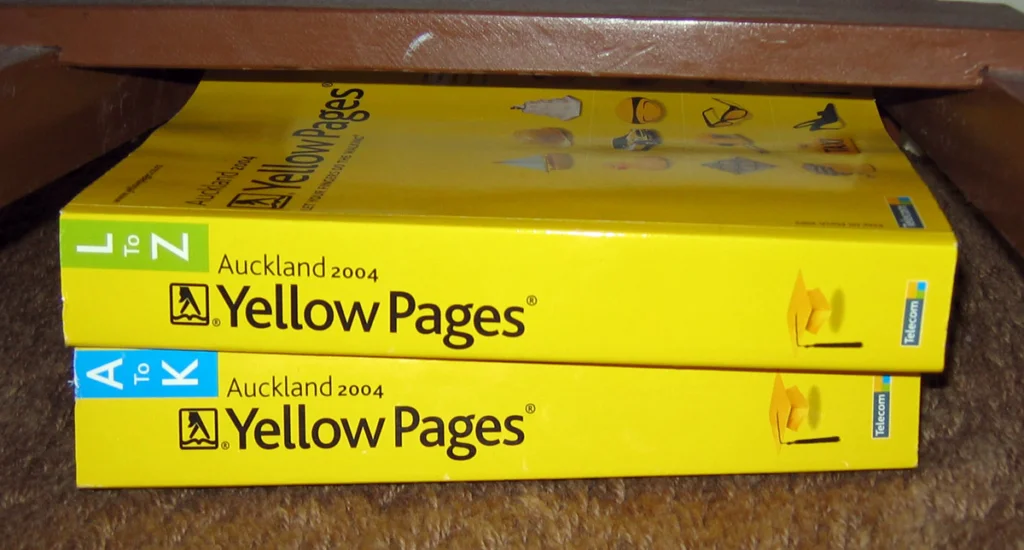
Those massive tomes appeared on your doorstep annually like clockwork, containing the phone number of virtually every person and business in your area. The white pages were your social directory, and finding someone’s number meant flipping through thin paper pages and running your finger down columns of tiny print. The Yellow Pages became your shopping guide, with businesses paying for increasingly elaborate ads to catch your eye among the alphabetical listings.
Ripping a phone book in half was the ultimate test of strength, and these doorstops served double duty as booster seats for small children at the dinner table. When you needed a plumber at midnight or wanted to settle a bet about someone’s address, these books were your reliable reference source. The satisfying thud of a new phone book hitting your front porch meant updated information was at your fingertips, though last year’s edition usually ended up propping up a wobbly table leg.
12. The Kitchen Timer with the Loud Bell
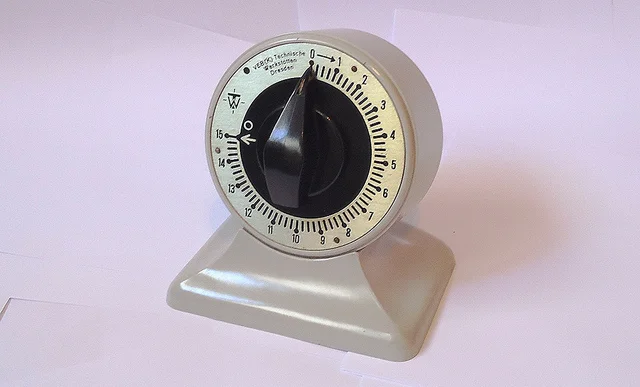
That simple mechanical device with the twist dial and urgent bell was the heartbeat of every home kitchen, preventing countless culinary disasters with its insistent alarm. You’d twist the dial to set your desired minutes, listening to the gentle tick-tick-tick that meant your timer was faithfully counting down to save your casserole or cookies. The spring-loaded mechanism required no batteries or electricity, just a firm twist and the patience to wait for that unmistakable ding-ding-ding that could be heard from anywhere in the house.
These reliable kitchen companions never failed to go off, even during power outages, and their loud bell could wake you from a nap or call you in from the backyard garden. Every experienced cook knew exactly how far that timer’s bell would carry and trusted it completely to prevent burned dinners and overcooked vegetables. The mechanical precision of these simple devices put modern digital timers to shame, with their satisfying wind-up action and foolproof operation that never needed troubleshooting or replacement batteries.
Those days taught us that the best things in life were often the simplest, requiring nothing more than basic function and reliable performance. Our gadgets had personality, demanded our attention, and connected us to the physical world in ways that today’s touchscreens never could. Maybe it’s time to remember that sometimes less really is more, and the satisfaction of mastering simple tools beats the frustration of complicated technology any day of the week.
This story Necessary Items We Used Every Day in the ’60s and ’70s That Proved Less is More was first published on Takes Me Back.


